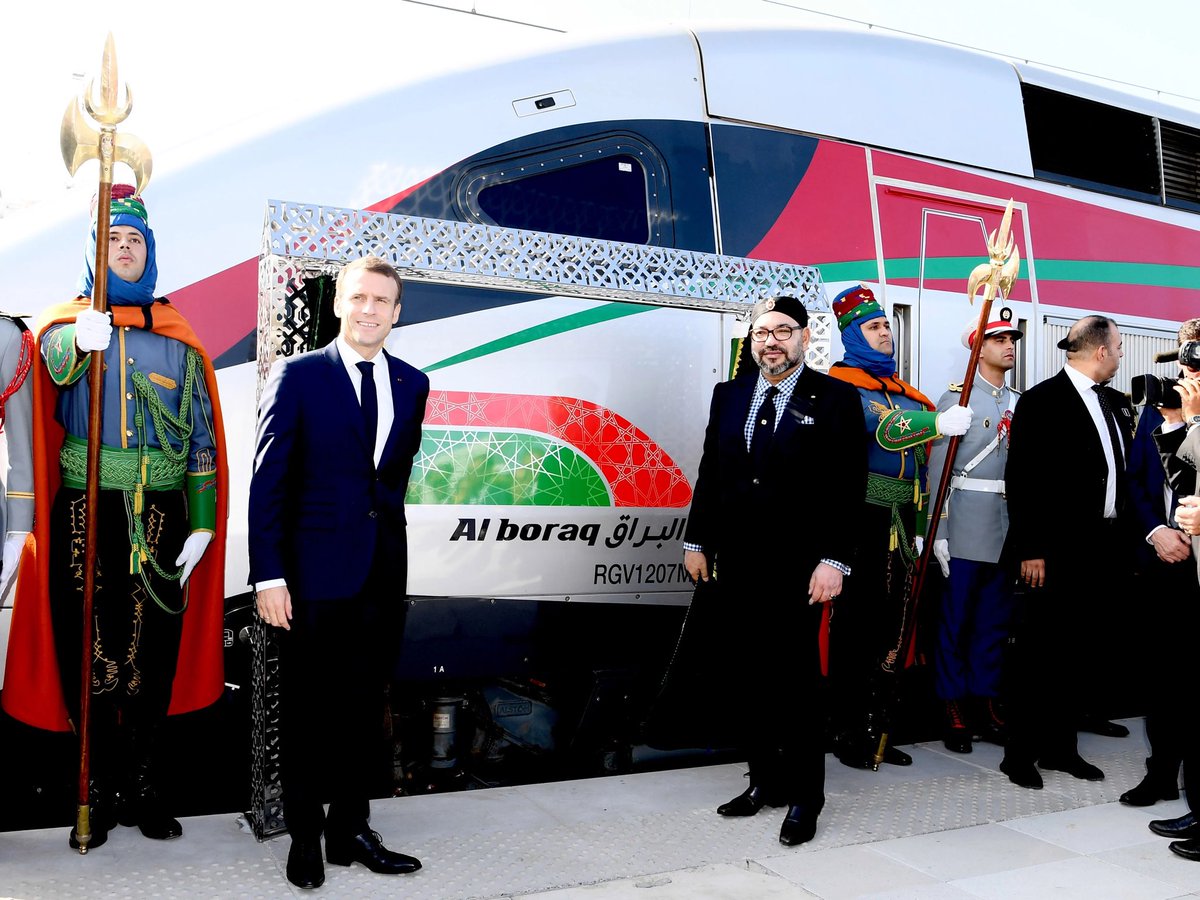The Expansion of High-Speed Rail in Morocco: A French Connection
The landscape of rail transportation in **Morocco** is on the cusp of a significant transformation, with the recent announcement that Alstom, the French multinational company, will supply train sets for the high-speed line extending from Kenitra to Marrakech. This strategic partnership builds upon Alstom’s previous success in providing train sets for the line between Tangier and Casablanca, signifying a continued investment in the country’s high-speed rail network.
The Significance of High-Speed Rail Connectivity
High-speed rail systems are renowned for transforming nations’ travel dynamics, reducing travel time between key cities, and supporting economic development. Morocco’s current project, the Kenitra-Marrakech line, is set to enhance the country’s connectivity, sustaining its growth as a regional transportation hub. The line is a part of a larger vision to integrate more cities into this rapid network, ultimately creating seamless travel experiences for both citizens and tourists alike.
Alstom’s Role in Morocco’s Transportation Evolution
Alstom has a rich history of collaborating with Morocco, having already played a significant role in launching Africa’s first high-speed train from Tangier to Casablanca. This original line, dubbed the LGV (Ligne à Grande Vitesse) Mohammed VI, has witnessed commendable success, prompting the recent extension to Marrakech. Alstom’s involvement not only contributes advanced technology but also fosters skill transfer through local employment opportunities, thus benefiting the Moroccan economy and its workforce.
Technological Innovations for Sustainability
An often-overlooked benefit of modern high-speed trains is their contribution to environmental sustainability. Alstom’s train sets are designed with cutting-edge technologies that ensure energy efficiency and reduced carbon emissions. This feature aligns with Morocco’s commitment to sustainable practices, emphasizing the nation’s role as a leader in green transport initiatives across Africa.
Impact on Tourism and the Economy
The expansion of the high-speed rail line is anticipated to have a profound impact on Morocco’s economy. By connecting prime tourism destinations such as Marrakech with other cultural and economic centers like Casablanca, the rail project is likely to boost the tourism sector significantly. This connectivity fosters easier access for international and domestic tourists, which in turn supports local businesses and the hospitality industry. Additionally, it strengthens trade links within Morocco, facilitating the movement of goods between major urban areas.
Future Prospects and Challenges
While the benefits of extending the high-speed rail network are plentiful, the endeavor poses certain challenges as well. Infrastructure development in diverse terrains requires careful planning and significant financial investment. Moreover, maintaining and upgrading railway systems necessitates continuous innovation and collaboration with expert bodies like Alstom.
Despite these challenges, Morocco’s initiative presents a promising outlook for its rail system. Through strategic partnerships and sustained investment in future technologies, the country is well on track to set a benchmark for high-speed rail systems in Africa and beyond.
In conclusion, the Kenitra-Marrakech high-speed rail project is more than just a transportation upgrade; it’s a transformative journey towards enhanced urban connectivity, economic growth, and sustainable development. As the project progresses, all eyes will be on Morocco to see how it navigates the challenges and maximizes the opportunities this expansion promises.
